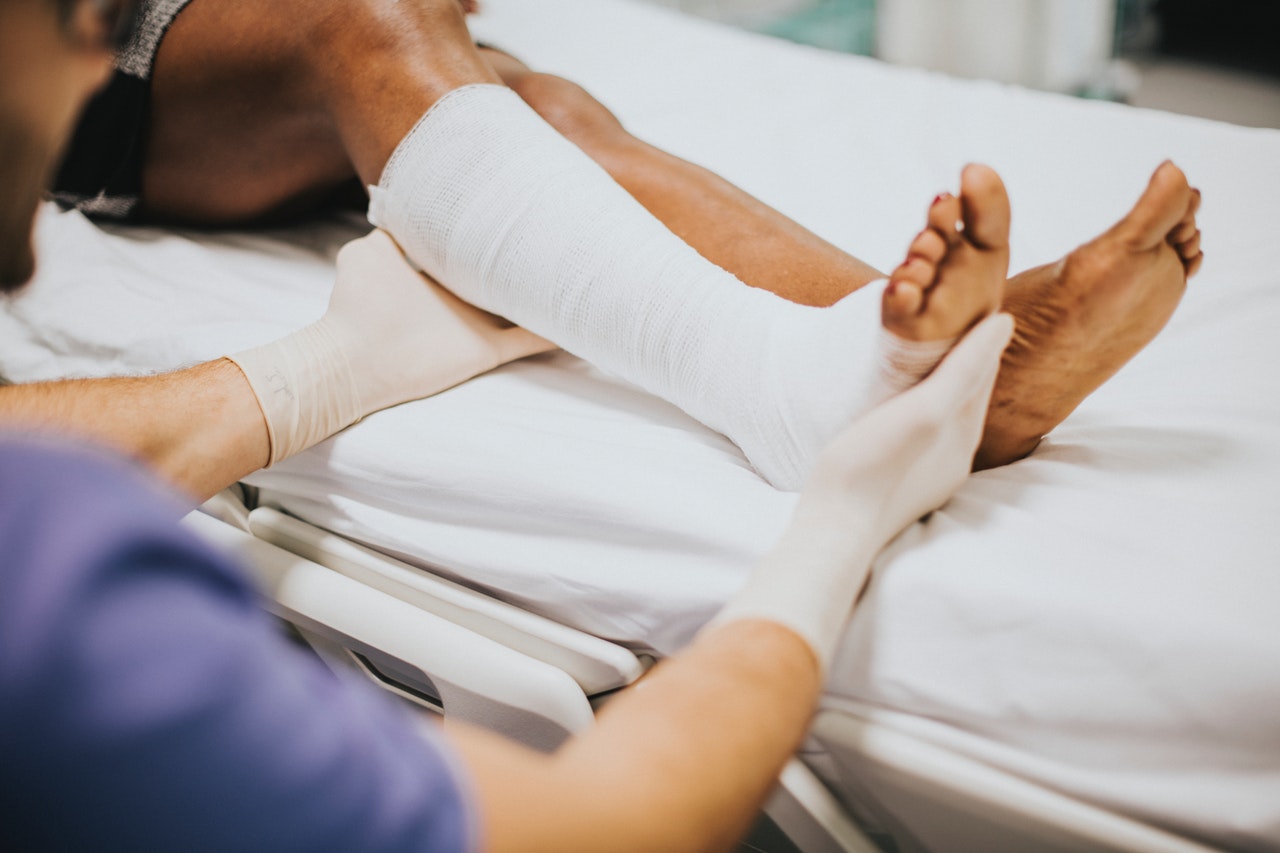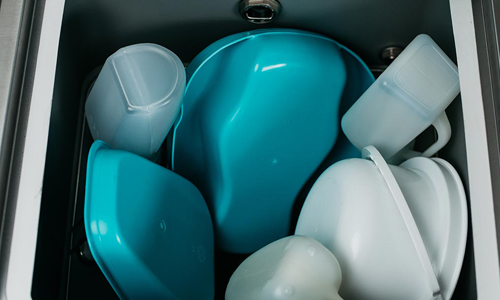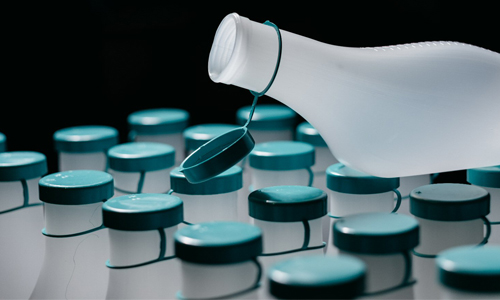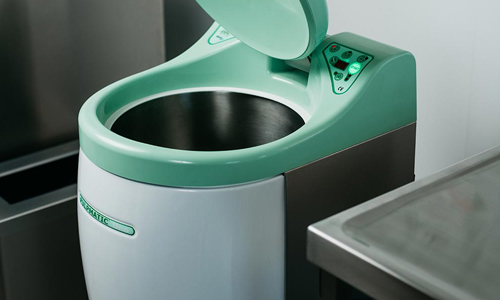Can Glove Use Increase The Risk Of Infection?
The first recorded use of medical gloves was at the Johns Hopkins Hospital in Baltimore, Maryland in the year 1890.
Far from an aid to healing or infection prevention, it was to protect the hands of the chief nurse of the operating room, Caroline Hampton. She had suffered a reaction to mercuric chloride which was used for asepsis at the time.
However, when the benefits of wearing gloves in the operating room became apparent, sterilised rubber gloves were used as standard within a few short years.
The first disposable latex gloves wouldn’t come into production until 1964 and are now the staple of medical facilities, care homes, dentists, and first aid kits around the world.
Synonymous with the fight against infection, latex gloves provides a thin, non-permeable layer that allows for maximum dexterity without compromising safety.
The reality is that there are only ever two reasons why medical gloves are worn:
- To prevent the spread of potentially harmful microbes from someone’s hands to the patient or a surface.
- To prevent harmful or infectious material from making contact with the individual.
There are nuances to this but these are the two overarching reasons: to protect the patient and protect the clinician.
However, without due care and attention, gloves can pose as great a risk to patient and clinician welfare as not wearing gloves at all.
Single Use
Disposable gloves are, by definition, a single use item. This may seem obvious but to effectively prevent the spread of infection they should, in theory be safely discarded without coming into contact with any other surface, person, furniture or object.
To do so dramatically increases the chances of harmful microbes being spread onto surfaces or on to the skin of a patient inadvertently.
Considering the demands and nature of caring for patients or service users, the likelihood of a clinician being stopped or asked for help increases the chances of infection as even something as taking a tissue from a patient whilst wearing contaminated gloves represents a risk.
Strict discipline regarding use and discard (which should be part of your infection control strategy) is the only way to protect against this.
Removing gloves and observing correct hand hygiene protocols after operating a pulp macerator or bedpan washer, for example, are the appropriate measures to prevent the spread of infectious material to both other parts of the sluice/dirty utility room or other parts of the facility.
Effectively, gloves should be discarded after every procedure where they are required to protect against the spread of potentially infectious material. After which hand hygiene protocols should be observed and new gloves worn.
There is of course a cost attached to single use gloves being disposed of in this way but the cost of HCAIs and any resulting lawsuit far outweighs it.
Damage
Latex gloves are designed to be thin for maximum sensation and dexterity. Whilst they’re durable, they are far from impervious.
A damaged glove is all but useless and if damage gloves are worn without notice then they may as well not be worn at all. Only microscopic amount of infectious material are needed to infect a host so a hole, however tiny, is a risk.
Procedurally speaking clinicians should visually check gloves both before and after they are put on, before contact is made with any surfaces, objects or patients. Gloves should be checked for tears, holes, signs of deterioration, discolouration or signs of stretching.
Damaged gloves should be immediately disposed of. If gloves become damaged at any point they should be discarded and hand hygiene procedures carried out.
Latex (or polyvinyl chloride, nitrile rubber, or neoprene as latex alternatives) is thin. It’s thin so clinicians get some degree of haptic feedback whilst they work.
This is important, especially when it comes to surgery as surgeons needs to be able to ‘feel’ their way around the area they are operating on.
However, the flimsy nature of the material means that clinicians are vulnerable to needlestick (sharps) injuries. There are 20 known diseases that can be transmitted through needlestick injuries including hepatitis B & C and HIV.
17% of off accidents suffered by NHS staff are needlestick related putting it second to moving and handling injuries.
Double gloving – the practice of putting two pairs of gloves on rather than just one – has been proven to reduce the risk of needlestick injuries by 71%.
It’s a compelling statistic but the real issue is what happens after a needlestick incident occurs in term of safety measures, screening and treatment.
Complacency
This may seem odd but latex gloves can make clinicians lazy. Because they are perceived as an impenetrable barrier of antimicrobial protection, there are frequent instances of improper application of hand hygiene procedures.
Observing hand hygiene before and after using gloves ensures that nothing nasty makes it out alive. Neglecting that procedure only once can provoke an outbreak.
Considering the environment, the chances of something harmful coming into contact with a clinician’s hands prior to putting on gloves is high. Therefore, ensuring hands are properly cleaned minimises that risk.
Infectious material trapped inside a glove, against warm (and perspiring) skin can quickly take hold, infecting the clinician and others over time.
Equally, removing contaminated gloves can throw microbes into the air which can land on, amongst other things, hands, clothes and surfaces. This means clinicians are likely to increase the risk of infection or cross infection if they don’t observe hand hygiene procedures before carrying out their next task – whether medical gloves are required or not.
Medical gloves aren’t perfect but they do work when used correctly. Complacency, lack or training or lack of care all directly contributes to outbreaks.
Add in the variety of sources of infectious material from beds to bedpans and it is little wonder how quickly infection can spread.
There is much that can be done to reduce the risk of infection.
Disposing of human waste quickly, efficiently and effectively using a bedpan macerator or bedpan washer disinfector is key.
Learn more about our Sluice Room Solutions here





